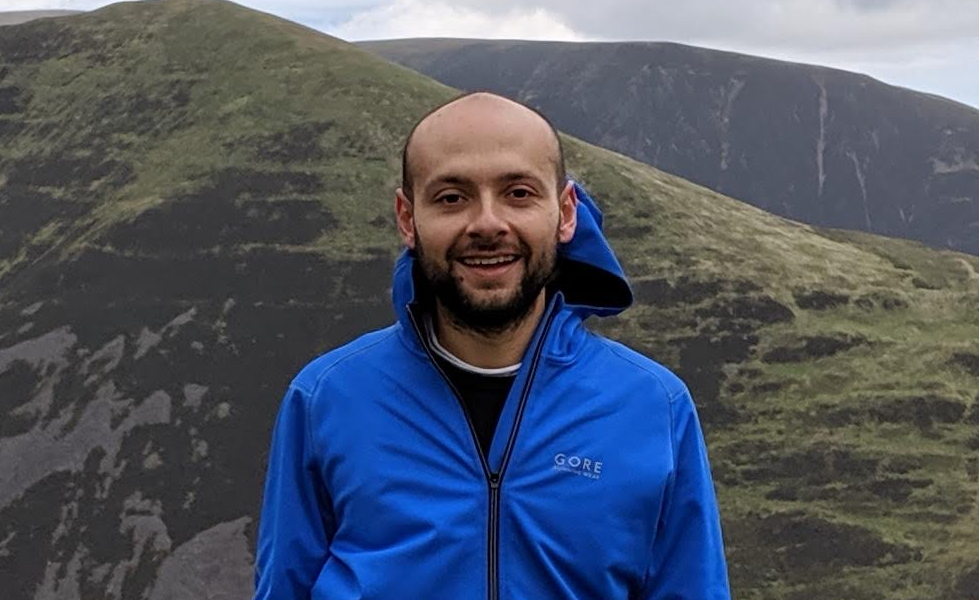
-
Careers • News • Contact us •
- Login
- Français
Sep 16, 2024
From 11:30 AM to 12:30 PM
Location
QCCanada
IRCM Early-Career Scientist Seminar
Lukas Tamayo Orrego

Using genetics to understand the vertebrate replisome
Lukas Tamayo Orrego, PhD
Postdoctoral Research Fellow
MRC Human Genetics Unit
Institute of Genetics and Cancer
University of Edinburgh
Edinburgh, United Kingdom
This conference is part of the the IRCM Early-Career Scientist Seminar Series (ECS3), a groundbreaking initiative whose mission is to showcase early career scientists. This is a great opportunity to discover the exciting projects of these researchers in training in front of a multidisciplinary audience.
Summary of the presentation:
My work is inspired by human genetic disorders of extreme growth restriction called microcephalic dwarfism (MD), which identify DNA replication as key determinant of organism cell number.
DNA replication initiates by the assembly of the replicative helicase, composed of the MCM2-7 ATPase and two accessory factors, CDC45 and GINS. After MCM2-7 double hexamers bind DNA, CDC45 and GINS associate with MCM2-7, completing CMG helicase formation. Mutations in these core replication initiation genes impair organism growth and causes a form of MD, Meier-Gorlin syndrome (MGS).
In yeast, a “pre-Loading Complex” (pre-LC) accompanies GINS to MCM, but how this process works in metazoa is unknown. Furthermore, metazoa contain additional regulators of DNA replication such as DONSON, and mutations in this gene were reported in MGS; however, the function of DONSON remains unknown.
I will present recent work using frog egg extracts and mammalian cells, which found that DONSON is required for CMG assembly. AlphaFold protein interaction screening and biochemical validation revealed that DONSON organizes a vertebrate pre-LC containing GINS, TOPBP1, and DNA polymerase ε. DONSON and TOPBP1 dock the pre-LC onto MCM2-7, thereby delivering GINS to chromatin-bound MCM2-7. A patient derived DONSON mutation recapitulates dwarfism in mice and compromises CMG assembly. Hence, our results establish DONSON as a central player in vertebrate CMG assembly, providing a pathogenic explanation for a human phenotype.
I will conclude with unpublished data derived from a genome-wide CRISPR screen identifying strong suppressors of DONSON deficiency, which suggests novel roles of DONSON in fork progression and chromatin organization.
Biography:
After completing his medical degree in Colombia, Dr. Tamayo Orrego pursued doctoral studies in the lab of Dr. Fred Charron at the IRCM, where he investigated mechanisms of brain tumor formation. His work linked developmental signaling to DNA replication stress in neural progenitor cells, where sonic hedgehog drives genome instability and cancer-initiating mutations.
Hence, he became interested in DNA replication in the context of multicellular organism development. As a postdoc in Dr. Andrew Jackson’s lab, he uses genetic screens, cell biology and mouse models to investigate how essential DNA replication genes mutated in microcephalic dwarfism cause growth deficiency and developmental defects.

© Montreal Clinical Research Institute, Année.All rights reserves. | Privacy policy | Terms of use | Web site by Agence Riposte


